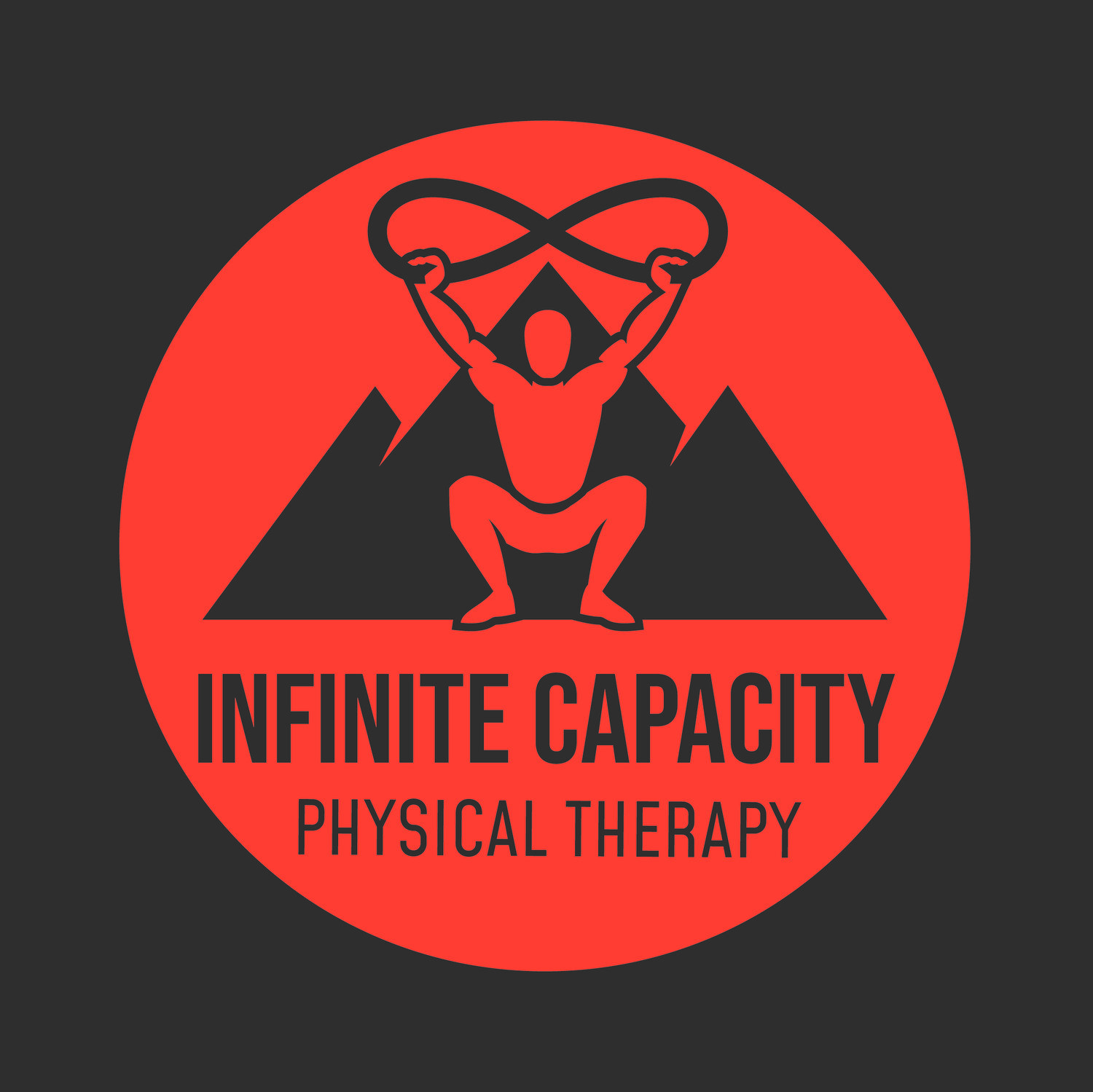Load Monitoring Part 2
Keeping track of training loads through measures such as distance, weight, rounds, sets, repetitions, etc. has long been the traditional method. Whether dealing with beginning runners following a recommended training program such as “Couch to 5K”, or experienced runners or weightlifters following a 10% increase in distance or weight per week progression, these measures have limitations.
There are many factors in any individual’s life which can vastly effect their training such as: training intensity, training environment (examples: heat vs cold, humid vs arid, indoors vs outdoors, altitude), personal factors (examples: age, weight, training experience, goals), lifestyle factors (examples: nutrition, sleep, stress), to name a few. Measuring training loads by the traditional method doesn’t take these things into account, or the body’s response to training under these conditions and factors.
Consider the following examples related to distance and intensity:
Example 1:
Activity: Running
Distance: 5 miles
Method: Long slow run (conversational pace)
Example 2:
Activity: Running
Distance: 5 miles
Method: Intervals (alternating sprint ¼ mile, very light jog ¼ mile)
Most people who have done something similar to the above two examples would agree that the intervals would be a much harder training day, and they would have been working at a much higher intensity than during the long slow run. Yet, if only tracking distance, the training loads would remain equal for both training examples. This is where training errors can occur, leading to overuse injuries due to misguided information based on traditional methods of measuring training loads.
So how do you know if your previous training has prepared you for planned upcoming training, a race, or a competition? How do you know if you’re reaching your maximal recoverable volume for optimal training loads and gains? How do you know you’re not too far below or above your maximal recoverable volume, potentially increasing your risk for training-related injuries?
In Parts 3 and 4, I will discuss improved and research-based methods for monitoring training loads and the body’s response to training.


